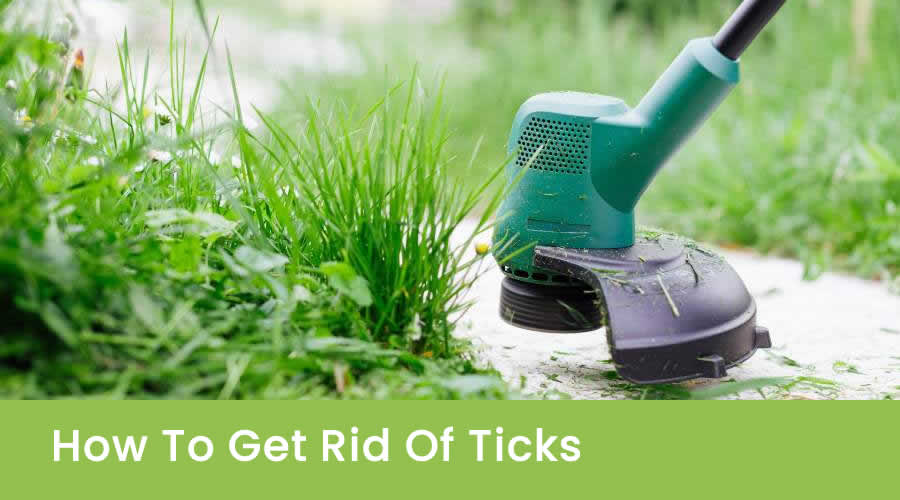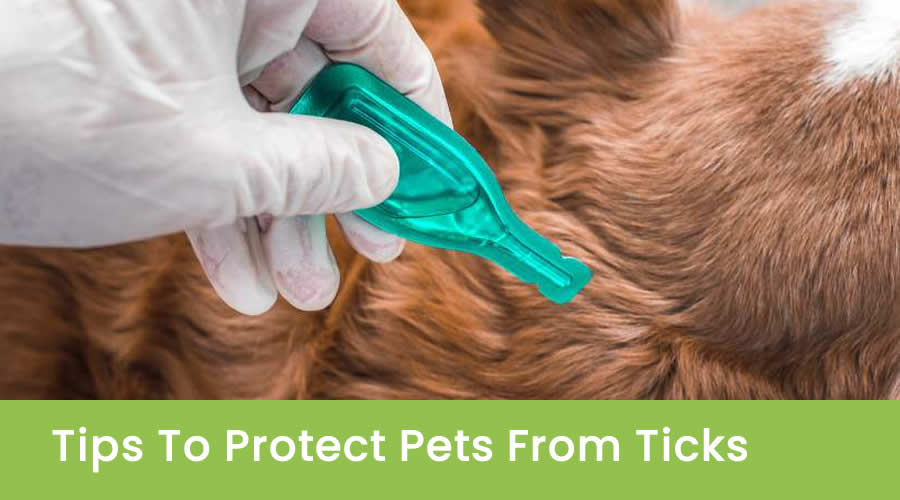How To Prevent Ticks
Essential Tips to Avoid Tick Troubles

Ticks are tiny arachnids that feed on the blood of humans and animals. While their bites are not usually painful, they can transmit serious conditions like Lyme disease, Rocky Mountain spotted fever, and others. Taking steps to prevent bites is crucial, especially during warmer months when they are most active. In this comprehensive guide, we will explore the most effective ways to keep them off your property and your body when spending time outdoors.
Keep Your Yard Tick-Free
The best defense against them is to start right in your own backyard. There are several steps you can take to make your yard less hospitable to these pests:
1. Remove Leaf Litter and Brush
They love resting in moist, shady areas filled with brush. Rake up bracts, clear away fallen branches, and prune overgrown brush around your property. This eliminates habitats.
2. Mow the Lawn Regularly
Keeping your lawn trimmed short makes it less appealing for them who prefer taller shrubs. Aim to mow your lawn weekly during peak tick season.
3. Put Up Fencing
Installing fencing around your yard helps keep wildlife like deer out. Deer and other animals carry them into your yard, so fencing reduces this.
4. Apply Insecticide/Pesticide
Applying EPA-registered insecticides or natural pesticides around your property can kill and repel them. Focus on landscaping beds, woods edges, and other prime tick areas.
5. Add a Gravel Border
Placing a 3-foot wide gravel border between wooded areas and your lawn creates a deterrent. They have difficulty climbing over gravel to reach turf.
6. Introduce Predators
Certain animals like chickens, guinea fowl, and opossums prey on ticks. Having a backyard coop can allow these predators to clear them.
Protect Your Pets from Ticks
Dogs and cats who go outdoors risk bringing them indoors on their fur. Here’s how to protect your furry friends:
- Use veterinarian-recommended preventatives. Topical treatments and tick collars containing fipronil, permethrin, or EPA-approved ingredients repel and kill them on pets.
- Check your pet’s coat thoroughly every day, especially after time outdoors.
- Remove any attached ticks promptly with a removal tool. Don’t squeeze or twist the tick’s body during removal.
- Ask your vet about vaccines against common tick-borne pet sickness like Lyme.
- Stick to landscaping tips that make your whole yard tick-free so there’s less risk to pets.

Methods to Keep Your Family Tick-Free
Guarding your loved ones from tick-borne disease is essential. Follow these tips:
- Treat pets with tick prevention products and check them daily. Ticks on pets can spread to humans.
- Apply EPA-registered insect repellent containing DEET or picaridin to exposed skin before going outdoors. Reapply as directed.
- Have everyone wear light colored protective clothing such as long sleeves, pants tucked, and closed toe shoes when outside.
- Inspect all family members for ticks after coming indoors. Check under arms, in and around ears, inside belly button, behind knees, in hair, between legs, around waist.
- Shower within two hours of coming inside to wash off unattached ticks.
- Carefully remove any ticks found on family members promptly using forceps. Monitor for symptoms of illness.
- Discourage ticks in your yard using tips like keeping lawn mowed, removing fronds, using pesticides or nematodes, installing fencing, gravel borders, etc.
Stay Tick-Free While Outdoors
Whenever you’ll be spending time outside where they reside, take precautions:
Wear Light Colored Clothing
Wearing light colored long sleeved shirt and pants makes them easier to spot on clothing before they can attach to your skin. Tuck jeans into socks.
Use Repellent
Applying an EPA-registered repellent containing 20-30% DEET, picaridin, IR3535 or oil of lemon eucalyptus keeps them away from exposed skin. Reapply every few hours.
Do Tick Checks
Check your whole body for ticks every few hours, especially your lower legs, armpits, and hair. Finding and removing them quickly reduces risk.
Shower and Wash Clothes
Shower as soon as possible after being outdoors to wash off any lingering ticks. Also tumble dry clothing on high heat to kill any ticks.
Avoid Tall Grass
When hiking or walking outdoors, avoid high greenery and brush. Stick to the center of marked trails.
Discourage Ticks in Your Yard
Once home, place outdoor clothes in the dryer to kill them and change clothes before contact with pets to avoid bringing them indoors.
Recognizing Tick Bite Symptoms
Look out for these common symptoms at the site of a bite:
- Redness, itching, burning sensation or mild pain where bitten
- A visible tick still attached to the skin
- A small red bump after the tick detaches
- A large red rash surrounding the bite, often with a “bullseye” pattern
- Hives or welts near the bite area
You may also experience flu-like symptoms several days to weeks after a bite as a sign of tick-borne illness, including:
- Fever, chills, body aches
- Fatigue, weakness
- Swollen lymph nodes
- Headache, stiff neck
- Joint pain or swelling
- Dizziness
See a health care provider or medical assistance right away if any of these concerning symptoms develop after a bite. Early action is key for risks like Lyme.
Treating Bites
If you find a tick attached to your skin, remove it immediately using fine-tipped tweezers:
- Use pincers to grasp the tick as close to your skin’s surface as possible.
- Pull straight up slowly and steadily until the tick detaches. Avoid twisting or squeezing it.
- Disinfect the bite area thoroughly with rubbing alcohol, iodine scrub, or soap and water.
Watch for symptoms of illness or infections and contact your doctor if any develop. You may need antibiotics or other solutions.
FAQ About Preventing Ticks
Here are answers to some frequently asked questions about keeping them away from your home and family:
How do I remove an attached tick?
Use forceps and grasp the tick close to the skin. Pull straight up slowly and avoid crushing the tick’s body. Disinfect the bite area and wash your hands.
When are ticks most active?
They thrive in warmer months and are most active in spring, summer and early fall. They can be active any time temperatures are above 45°F.
Can ticks transmit microbes right away?
No, it typically has to be attached for 36-48 hours to transmit bacteria for example. Finding and removing them promptly is key.
What natural repellents work?
Oil of lemon eucalyptus, cedar oil, soybean oil, and other plant-based oils have natural tick repelling properties. But they require more frequent reapplication than synthetic repellents.
How can I keep ticks out of my yard naturally?
You can use beneficial nematodes that kill them, introduce tick predators like guinea fowl and opossums, or use organic pesticides containing ingredients like garlic oil or rosemary oil.
Conclusion

While no prevention method is 100% guaranteed, following these smart tips can greatly reduce your risk of tick encounters. Be vigilant about regularly checking for ticks after outdoor activities, and promptly remove any ticks found. Safeguard your home, pets and family from these pesky parasites and enjoy the outdoors with greater peace of mind.


